February 11th is the day to celebrate the International Day of Women and Girls in Science! This is a great opportunity to recognize women who have made a difference in the science community. Recognizing these women in science and STEM classes brings awareness and inspiration to the young learners in our classes and community. Here are some ways to practically incorporate women in science this month:
Say Their Name
This is simple! Just say their name and share their story during a lesson or activity. If you are teaching a lesson on parts of a flower, mention how Alice Augusta Ball studied the parts of a plant and discovered a treatment for leprosy. If you are going over a chemistry lesson, mention Marie Curie and how she studied elements like radium and polonium and discovered that elements can be radioactive. Teaching about the structure of DNA? Don’t forget to mention Rosalind Franklin and her X-ray picture, which helped discover the structure of DNA. By sharing bits of information about these females in science, we can inspire young minds and encourage them to follow their dreams.
Have Students Research and Present
To have students investigate all the contributions that women have made to the world of science, provide an opportunity for students to do their own research on a woman scientist and present their findings to the class. The students can choose from well-known scientists such as Marie Curie, Jane Goodall, Nina Tandon, Mae Jemison, and Cynthia Kenyon. They can create a presentation highlighting their accomplishments, overcoming obstacles, and any awards they received or should have received for their work. These research projects can inspire students about various women in science and highlight the incredible contributions of female scientists over the years.
Partner With Your Community
Bring a “real” female scientist to your classroom or learning space. Many female scientists, engineers, and researchers would love to share their stories and their work with young scientists to inspire them to follow their dreams. Contact local companies and ask if any they would be willing to be guest speakers or join a Zoom meeting with your learners. Provide the opportunity for the young scientists to ask questions and learn from those female scientists in their own communities. Even having the guest speaker participate in a science activity or engineering challenge with the students can help engage them and provide a hands-on experience.
Read Books About Women in Science
Finally, through read-aloud and sharing inspiring books, we can encourage girls to pursue areas of science in the future. So many picture books and short stories highlight the work of women and science. By incorporating some of these books into our classrooms and libraries, we can bring awareness to these women. Some great read-aloud books include Ada Twist, Scientist by Andrea Beaty, an inspirational book about a young girl who uses the science process to find out why her house smells horrible. Finding Wonders: Three Girls Who Changed Science by Jeannine Atkins is a great book about three female scientists who pursued their interest in science from a young age. Code Girls by Liza Mundy is a book about young women in World War II who broke codes that saved hundreds of lives. Finally, Shark Lady by Jess Keating is a book about Eugenie Clark and how she was fearless in her study of sharks.
What can you do to support women in science this month? How will you incorporate the amazing contributions of Rosalind Franklin, Mae Jemison, Jane Goodall, Marie Curie, Margaret Knight, and hundreds of others into your classroom? By incorporating the contributions of many female scientists, we hope to inspire more girls to step into the world of science, engineering, and research. These girls have the ability to change the world, and you can play a role in that!

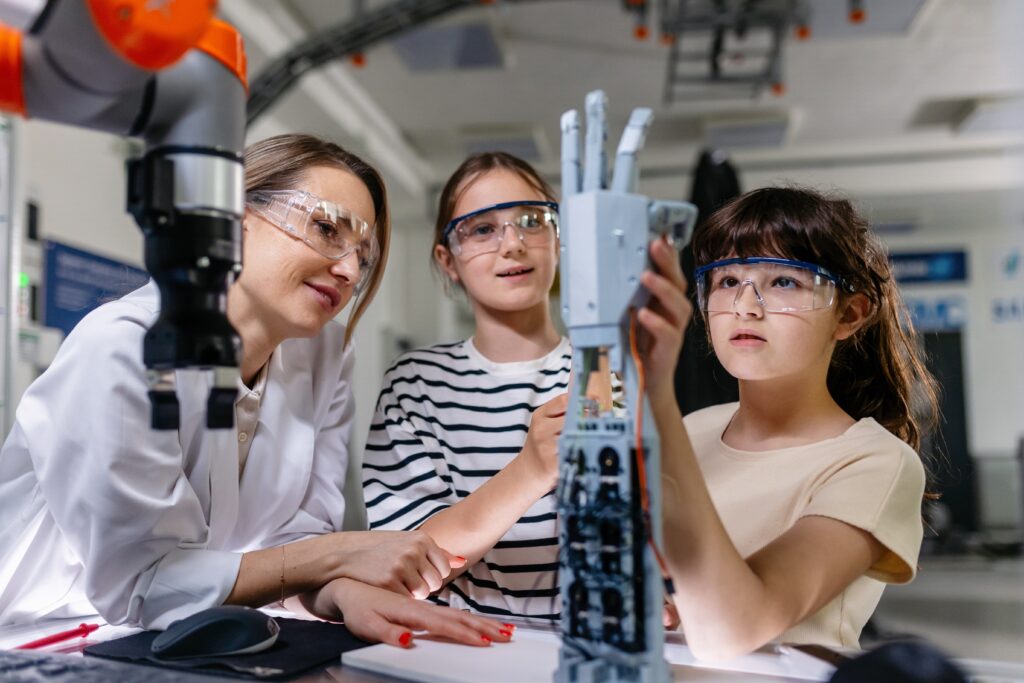

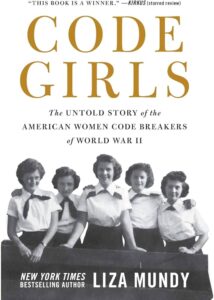
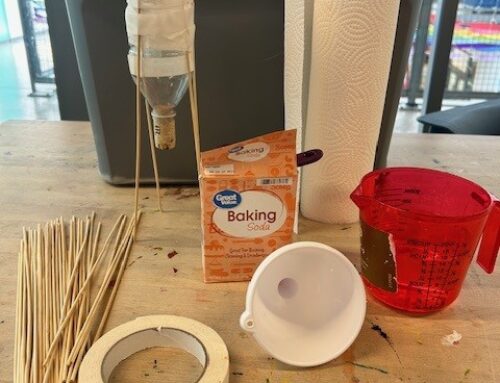

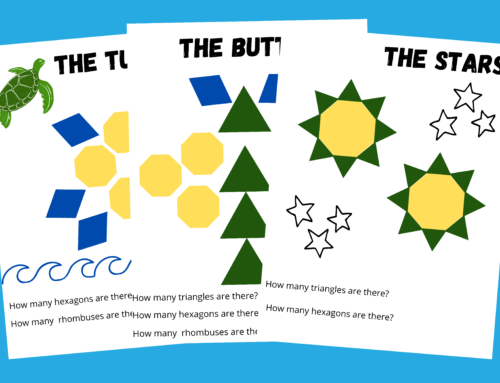
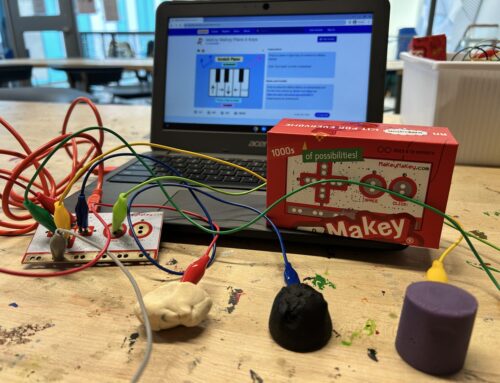
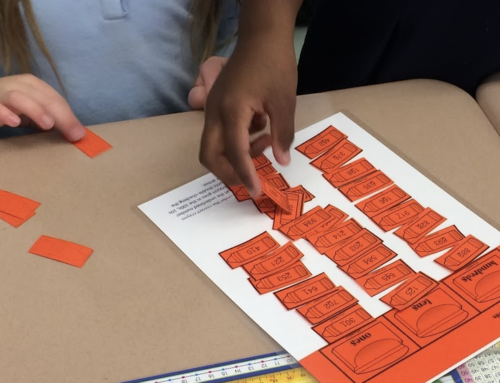

Leave A Comment